His job is to actually really stare at octopus, seahorse, jellyfish
Go Deeper.
Create an account or log in to save stories.
Like this?
Thanks for liking this story! We have added it to a list of your favorite stories.

"Nature loves to hide" — a famous quote by Heraclitus
Liittschwager's response: "I want to see."
"That license to stare that photographers have? I've always liked that," David Liittschwager tells NPR. "You're rarely given the permission to really, really look at somebody. My job is to actually really stare at octopus, seahorse, jellyfish."
Liittschwager, a photographer for National Geographic, spent 12 years photographing octopuses, seahorses and jellyfish at more than 28 locations around the globe with his portable 500-pound photo studio.
Turn Up Your Support
MPR News helps you turn down the noise and build shared understanding. Turn up your support for this public resource and keep trusted journalism accessible to all.

In this book, “Octopus, Seahorse, Jellyfish,” which features essays written by best-selling science writers Elizabeth Kolbert, Jennifer Holland and Olivia Judson, Liittschwager captures more than 135,000 exposures using light and condenser lenses to create the white background that can be seen in most of the images it features. Many of the seahorses and most of the jellyfish were shot using large condensers to capture the detail of small hairs and translucent tissue.
"Because they're moving (sea creatures) and sometimes fast and small, there's a whole lot of things you can never see in life," Liittschwager tells NPR. "You have to get it as a still — a high resolution still photograph can reveal parts of these creatures that otherwise would remain unseen."
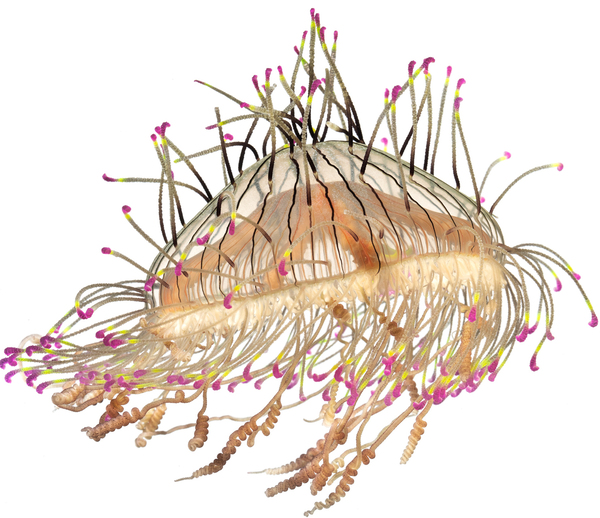
"A pregnant male seahorse, a shape-shifting octopus and a jellyfish that can cleave off a piece of itself to make another have been wondrous sights to behold."
From French Polynesia to Tasmania and southern Spain — to list a few — Liittschwager's writes in his book about the places he's traveled to capture nearly 500 different specimens, with the help of aquarists, scientists and collectors along the way. His goal, he says, is to show the world what's really there.
As Elizabeth Kolbert writes in the book's forward, "The images are an opportunity to explore the fantastic world that exists under the surface of the seas."
In a world where marine life is impacted by climate change, overfishing, ocean acidification, oil spills and plastic waste, Liittschwager says his hope is that the book will encourage more affection for underwater creatures.
Octopus

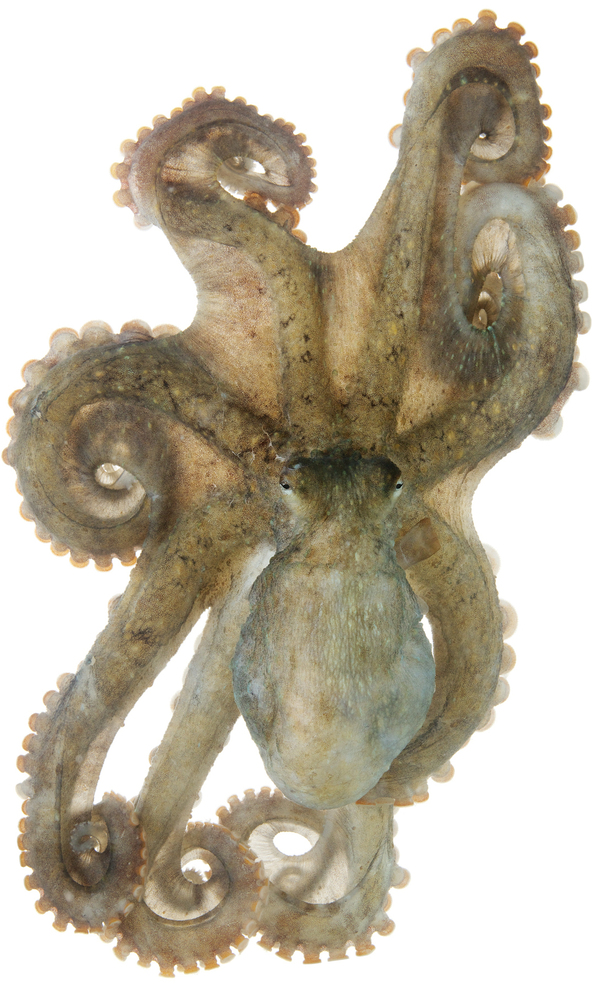

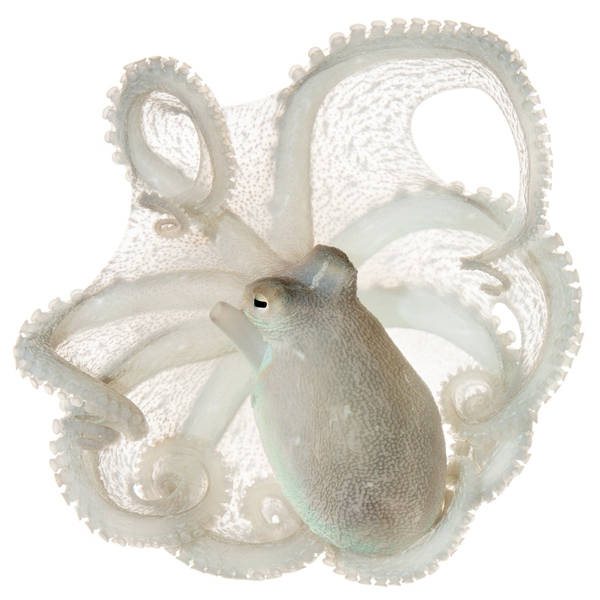
Seahorse

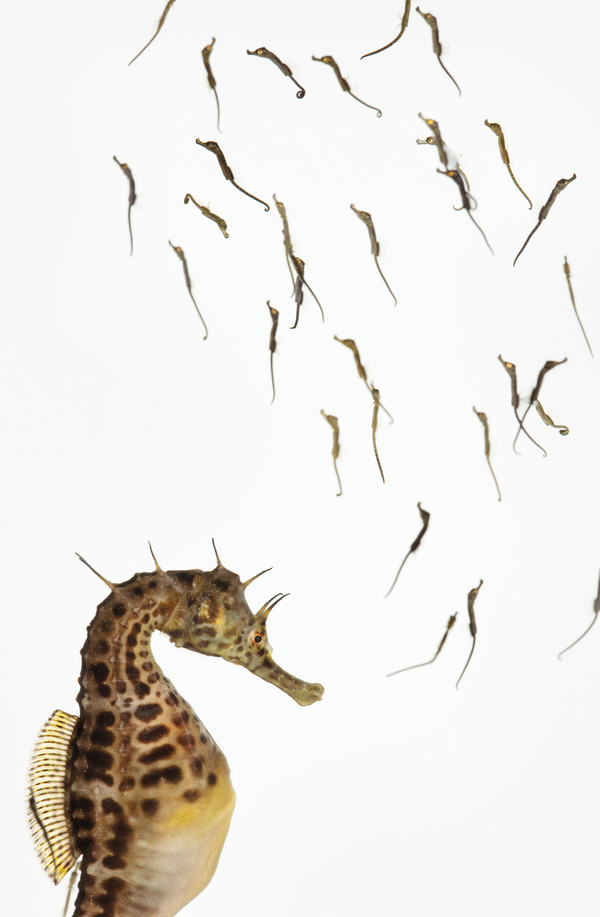
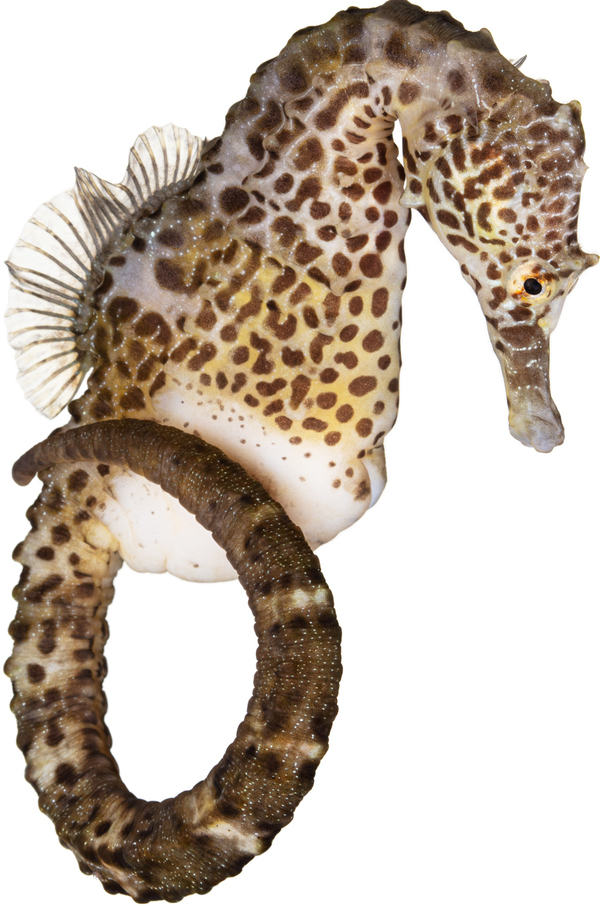
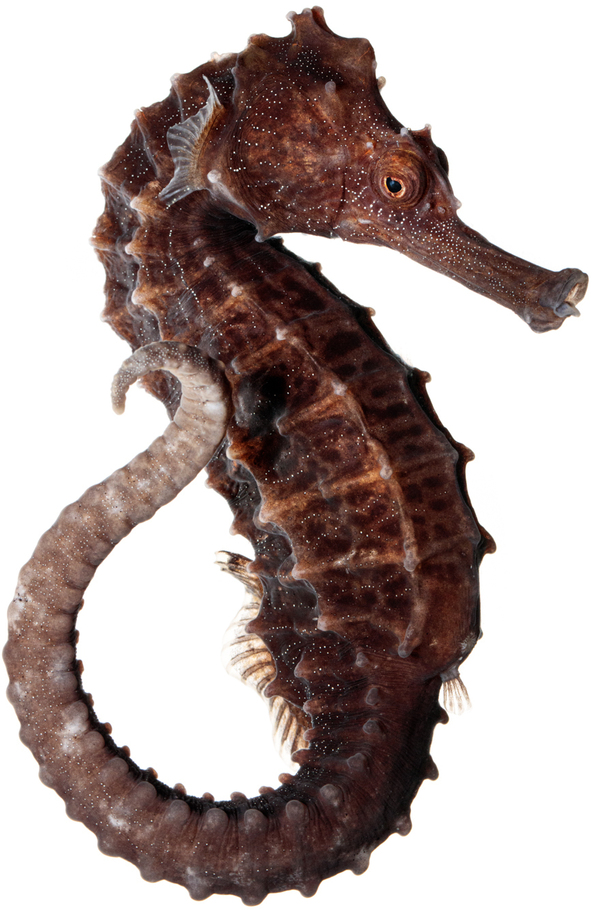
Jellyfish

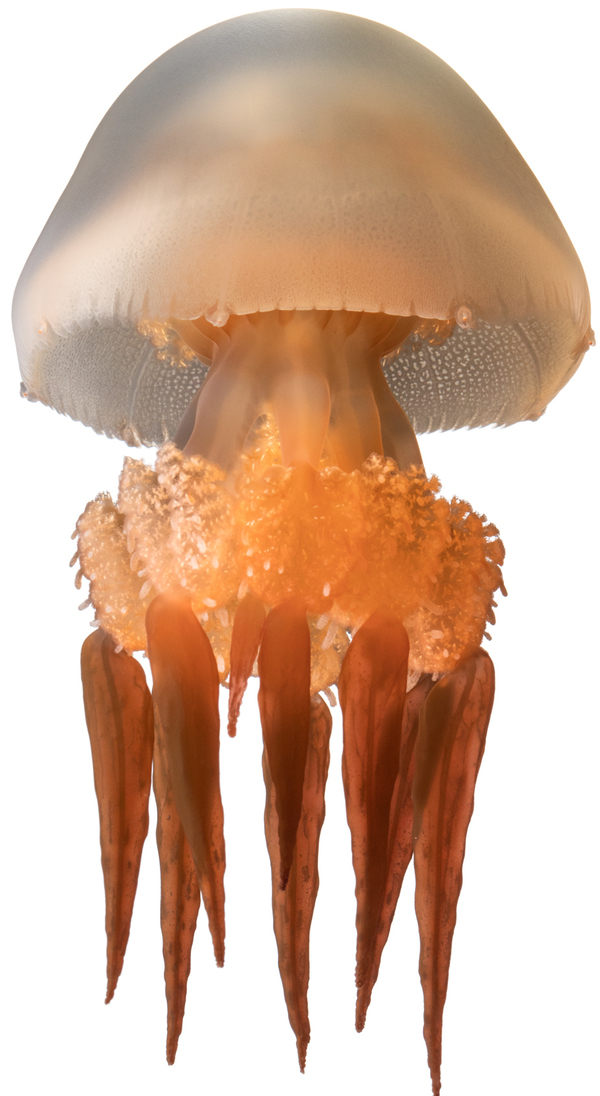
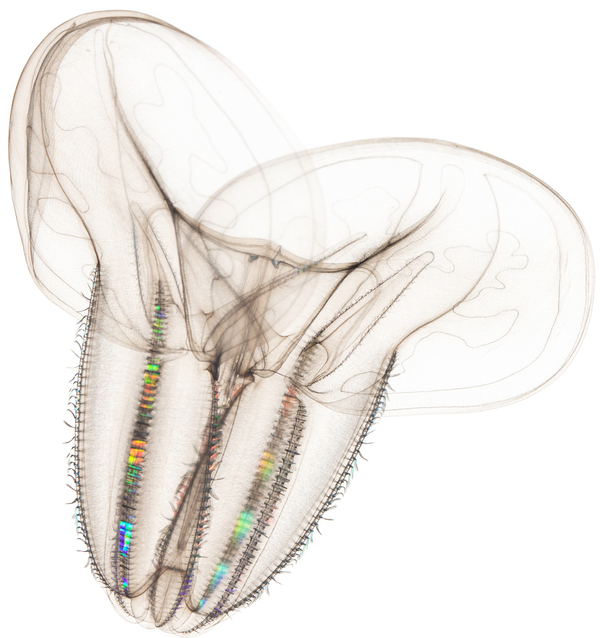
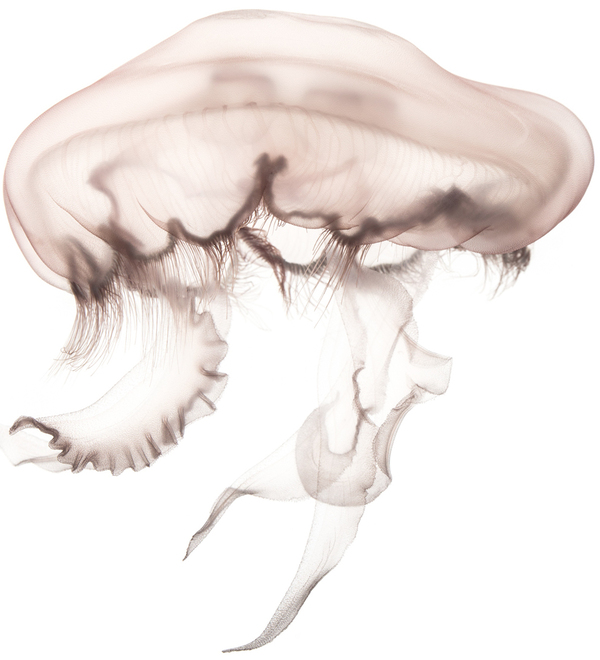

David Liittschwager's book, “Octopus, Seahorse, Jellyfish,” was published on April 5, 2022, by National Geographic. Liittschwager's photography has been exhibited at major museums, including the American Museum of Natural History in New York City and the Smithsonian National Museum of Natural History in Washington, D.C., and he continues to work on his "One Cubic Foot" project.
Copyright 2022 NPR. To see more, visit https://www.npr.org.


